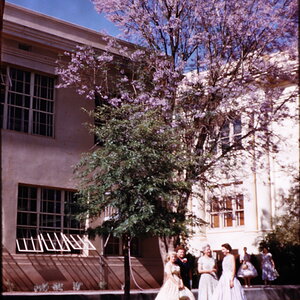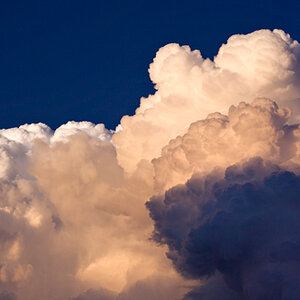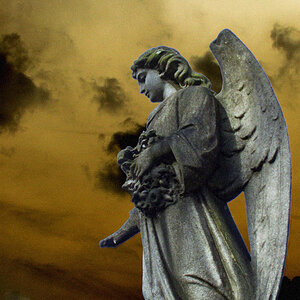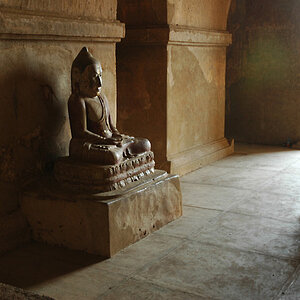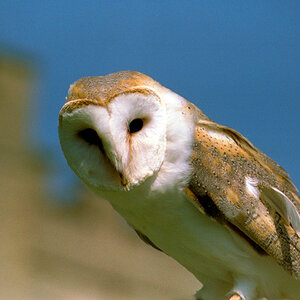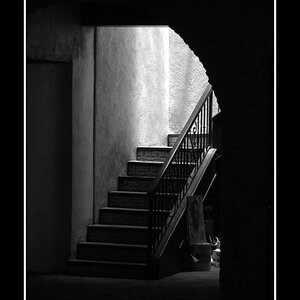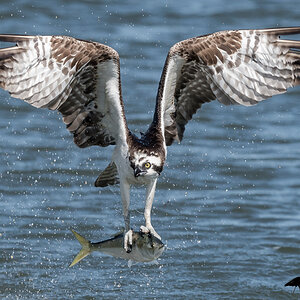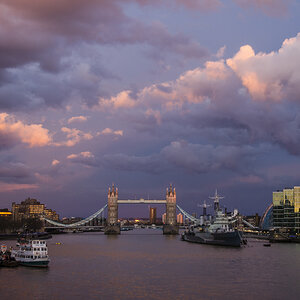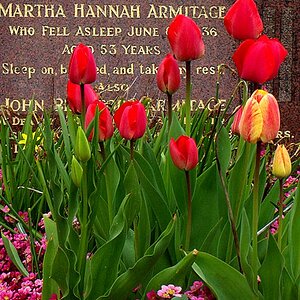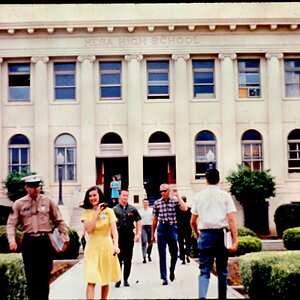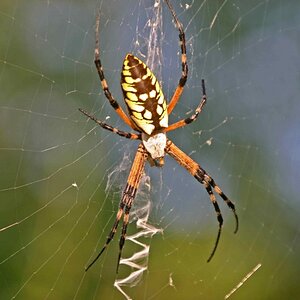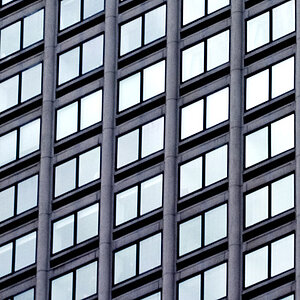Derrel
Mr. Rain Cloud
- Joined
- Jul 23, 2009
- Messages
- 48,225
- Reaction score
- 18,941
- Location
- USA
- Website
- www.pbase.com
- Can others edit my Photos
- Photos OK to edit
Sunnylee,
Well, if you want to use shop lights, I would suggest the quartz-halogen type that are often yellow,and have a metal grid in front of them to prevent fires when they tip over. Did you buy fluorescent tube lights???
Anyway, if you do buy some "shop lights" of the quart-halogen variety, their light output will be rather yellow compared to daylight or sunlight, at least to the camera's sensor; human eyes can easily adapt to light of many different color temperatures. To effectively diffuse and use shop lights, it helps to have some large panels made of either wood, window screening frames, or PVC pipe rectangular frames; the frames are fitted with white, semi-transparent rip-stop nylon fabric,and the lights are projected through the panels, which are known as "panels" or "scrims". if you got fluorescent,long-tube lights, I would immediately return them for a refund.
When shooting with any artificial light, it pays to set the camera's white balance,so that JPEG images don;t come out looking bad.
No offense, but LED lights, and fluorescent tube lights, and quart-halogen shop lights are REALLY poor tools for a beginner to start out with. If you want to make good photographs, it's very easy to just spend $100 for an Adorama FlashPoint 320 monolight and $20 for a light stand and $20 for an umbrella and get something that will actually work well, and work easily,and which will actually accept something called light modifiers--like an umbrella, a softbox, or a beauty dish. The "light" source is only one aspect of photography...you need to be able to modify and deliver the light so it looks good,and that is why people here are trying to point you in the direction of off-camera monolight flashes. I am specifically pointing you to the Adorama FlashPoint 320 because of the low cost,the free shipping,and the ability to use umbrella/softbox/beauty dish modifiers,all on a very low budget.
Well, if you want to use shop lights, I would suggest the quartz-halogen type that are often yellow,and have a metal grid in front of them to prevent fires when they tip over. Did you buy fluorescent tube lights???
Anyway, if you do buy some "shop lights" of the quart-halogen variety, their light output will be rather yellow compared to daylight or sunlight, at least to the camera's sensor; human eyes can easily adapt to light of many different color temperatures. To effectively diffuse and use shop lights, it helps to have some large panels made of either wood, window screening frames, or PVC pipe rectangular frames; the frames are fitted with white, semi-transparent rip-stop nylon fabric,and the lights are projected through the panels, which are known as "panels" or "scrims". if you got fluorescent,long-tube lights, I would immediately return them for a refund.
When shooting with any artificial light, it pays to set the camera's white balance,so that JPEG images don;t come out looking bad.
No offense, but LED lights, and fluorescent tube lights, and quart-halogen shop lights are REALLY poor tools for a beginner to start out with. If you want to make good photographs, it's very easy to just spend $100 for an Adorama FlashPoint 320 monolight and $20 for a light stand and $20 for an umbrella and get something that will actually work well, and work easily,and which will actually accept something called light modifiers--like an umbrella, a softbox, or a beauty dish. The "light" source is only one aspect of photography...you need to be able to modify and deliver the light so it looks good,and that is why people here are trying to point you in the direction of off-camera monolight flashes. I am specifically pointing you to the Adorama FlashPoint 320 because of the low cost,the free shipping,and the ability to use umbrella/softbox/beauty dish modifiers,all on a very low budget.


